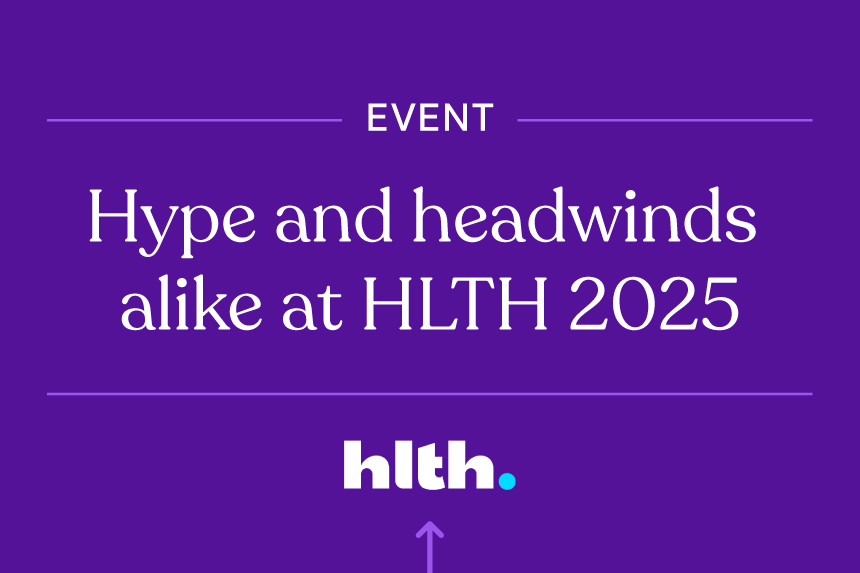The PMSA Annual Conference has always been a barometer of where pharma and biotech analytics are heading, but this year, it felt like the future had already arrived. From breakout sessions to hallway conversations, one thing was clear: the role of analytics in life sciences is undergoing a transformation that’s as strategic as it is technical.
If you weren’t at PMSA this year, here are three shifts you need to be paying attention to:
GenAI is embedding itself in everyday pharma workflows
Just a year ago, generative AI in pharma felt like an experiment: full of promise, but mostly living in the realm of isolated pilots. This year, the tone was different. Pharma teams aren’t dabbling anymore. They’re embedding large language models (LLMs) into everyday workflows, from medical, legal, and regulatory affairs (MLR) reviews to field force enablement and insight generation.
What’s changed? Companies are recognizing GenAI not as a novelty but as infrastructure. Examples are emerging of teams integrating LLMs into content review processes, reducing cycle times while increasing consistency by training these tools on company branding guidelines, regulatory standards, and clinical data.
On the field force side, dynamic sales enablement tools trained on internal knowledge are empowering reps in the field to make faster, more informed decisions. These tools give reps instant access to tailored, up-to-date info such as clinical data, product details, and compliance, helping them answer HCP questions faster and smarter. The result? More confident reps and sharper engagement in the field.
The question is no longer whether to implement, but how to scale responsibly and effectively.
We need insights at the speed of relevance
We’ve long prized accuracy and rigor in pharma and biotech analytics. But the new mandate coming out of PMSA is clear: precision is table stakes. What matters now is precision at pace.
Several discussions focused on the shift from retrospective dashboards to real-time decision support. We’re talking about tools that ingest market data, provider signals, and field feedback in near real-time to surface insights teams can act on, not quarterly, but daily or even hourly.
The core message is clear: It’s not just about answering the question correctly. It’s about answering it fast enough to matter.
This isn’t a call to sacrifice quality. It’s about rethinking architecture, process, and skillsets to enable velocity. As pharma faces more dynamic competitive landscapes and increasing pressure to personalize engagement, analytics teams that can reason in real time will drive disproportionate value.
Where data, content, and engagement converge
If there was one takeaway that really captured the energy of this year’s conference, it was this: the old boundaries between analytics, content creation, and commercial activation are breaking down fast.
We heard about emerging examples of AI-generated avatars designed to deliver personalized messaging to HCPs, not months after a campaign launch, but mid-stream, based on dynamic feedback. Though still experimental, these innovations show the promise of AI becoming an integrated part of pharma’s engagement toolkit.
Teams are also deploying closed-loop systems that automatically update segmentation and channel mix, no longer on an annual schedule, but in real time, based on what’s actually working.
This convergence is forcing teams to think differently. No more silos where insights live on one team, creative lives on another, and execution is farmed out. AI is forcing a new kind of integration where strategy, data, and content evolve together.
AI’s power comes with responsibility
Of course, as AI and real-time analytics move from promise to practice, they bring real risks alongside the rewards. Hallucinations (where AI generates plausible but false or misleading information) remain a significant challenge. These inaccuracies can undermine trust, especially in pharma, where integrity is critical. Biased outputs, data privacy concerns, and over-reliance on automation were also recurring themes at PMSA.
Several speakers cautioned against deploying AI without clear guardrails, rigorous validation, and human oversight. The tech is evolving fast, but regulatory frameworks and governance models are still catching up. In this moment of transformation, it’s not just about what AI can do, but what it should do — and who’s accountable when it doesn’t.
Bring your strategy into sharper focus
As AI-driven analytics reshape pharma and biotech, having high-quality data at your fingertips is more important than ever. Definitive Healthcare delivers comprehensive, reliable intelligence that powers smarter decisions and speeds insights.
Ready to see how Definitive Healthcare can bring your strategy into sharper focus? Start your free trial today and experience firsthand the power of real, reliable healthcare data.




